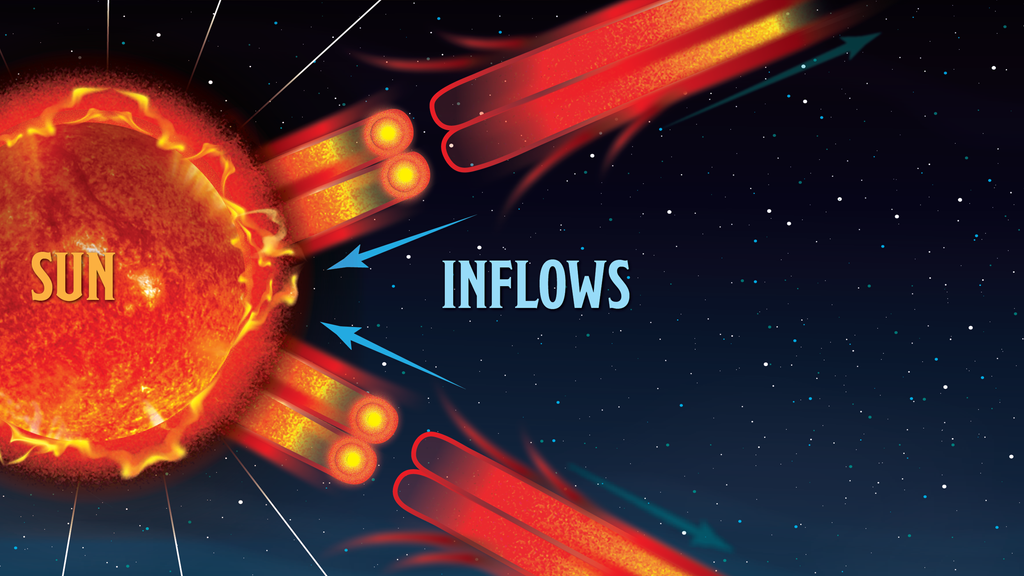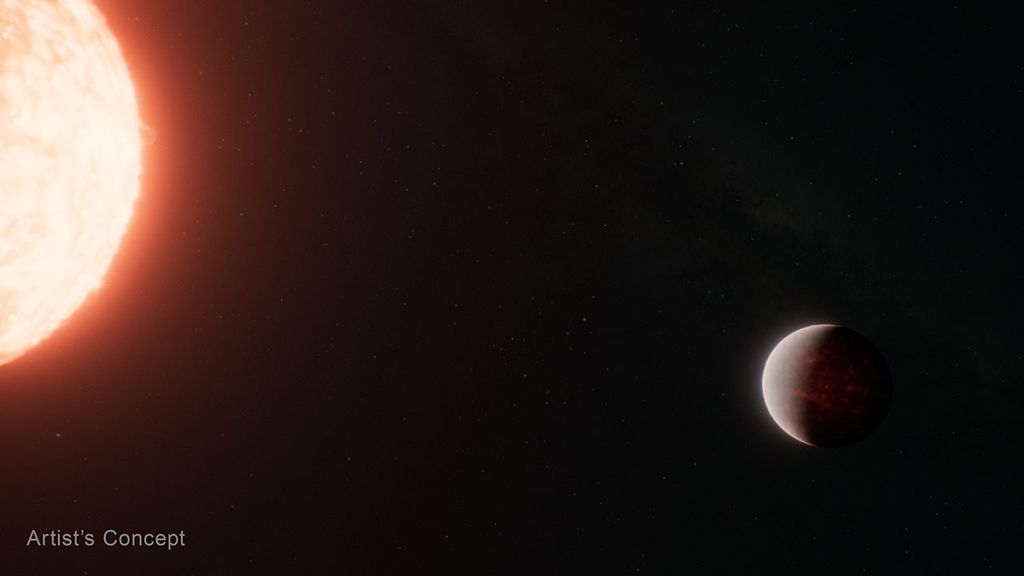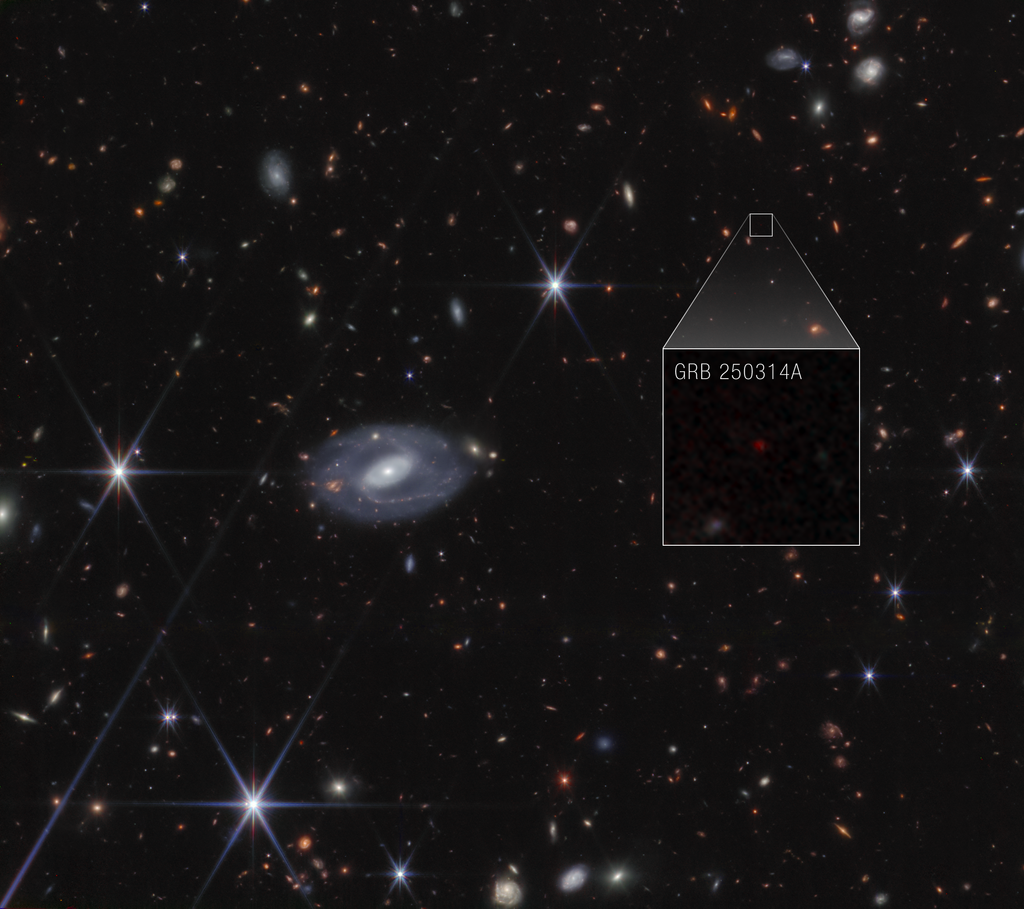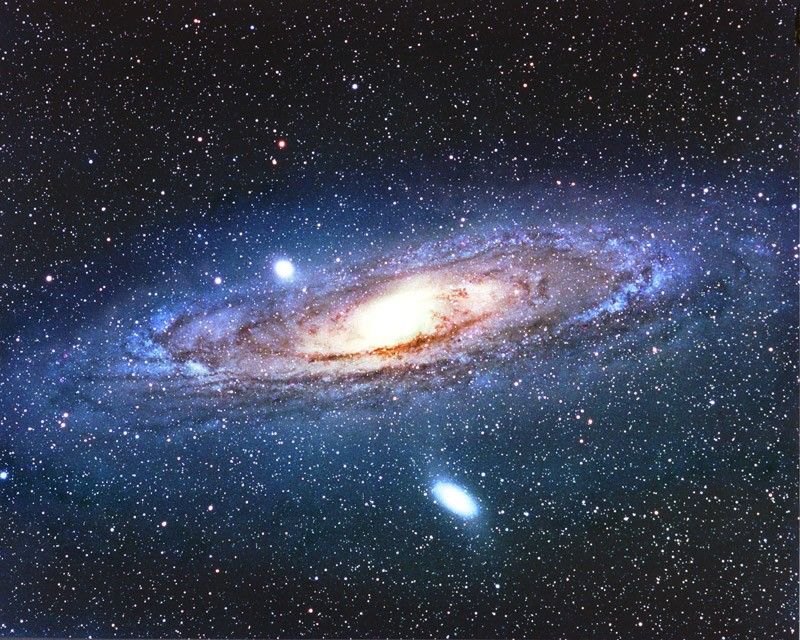The Hubble telescope's sharp vision has clearly seen - for the first time - hot blue stars deep inside an elliptical galaxy. Hubble confirms that the ultraviolet light emanating from this galaxy comes from a population of extremely hot, helium-burning stars at a late stage in their lives. The swarm of nearly 8,000 blue stars resembles a blizzard of snowflakes near the core of the neighboring galaxy M32, 2.5 million light-years from Earth in the constellation Andromeda.
1 min read
Hubble Identifies Source of Ultraviolet Light in an Old Galaxy
Hubble Space Telescope's exquisite resolution has allowed astronomers to resolve, for the first time, hot blue stars deep inside an elliptical galaxy. The swarm of nearly 8,000 blue stars resembles a blizzard of snowflakes near the core (lower right) of the neighboring galaxy...
Related Images & Videos

Hot Blue Stars Resemble a Blizzard of Snowflakes Near Core of Galaxy M32
Hubble Space Telescope's exquisite resolution has allowed astronomers to resolve, for the first time, hot blue stars deep inside an elliptical galaxy. The swarm of nearly 8,000 blue stars resembles a blizzard of snowflakes near the core (lower right) of the neighboring galaxy...
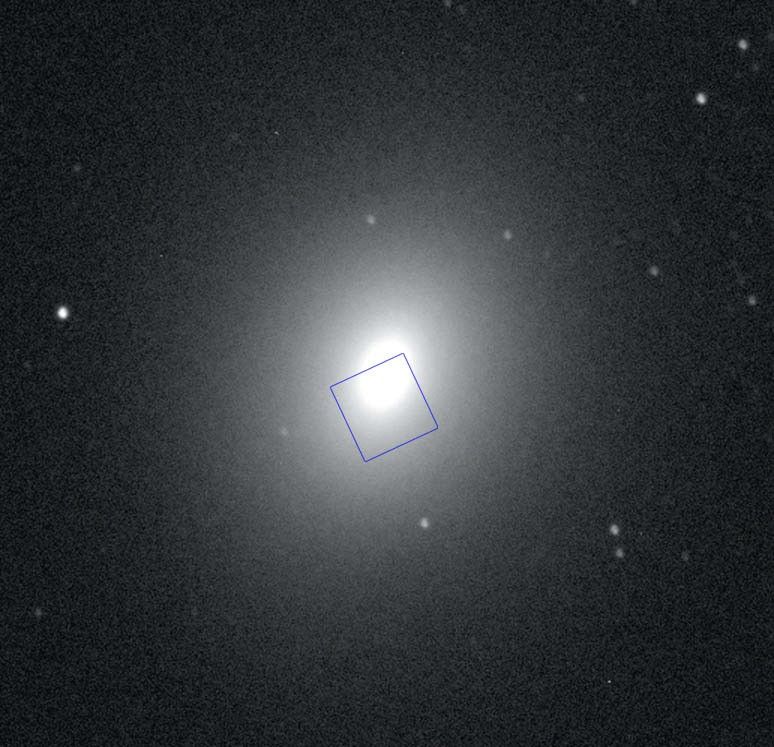
Hubble Identifies Source of Ultraviolet Light in an Old Galaxy
VIDEO ZOOM INTO M32 Video sequence begins with a ground-based image of M32 (seen just above the large central galaxy M31), ZOOM to ground-based image of M32, continue the ZOOM to the Hubble Space Telescope Imaging Spectrograph (STIS) image of M32's core.
Share
Details
Last Updated
Mar 20, 2025
Contact
Media
Claire Andreoli
NASA’s Goddard Space Flight Center
Greenbelt, Maryland
claire.andreoli@nasa.gov










